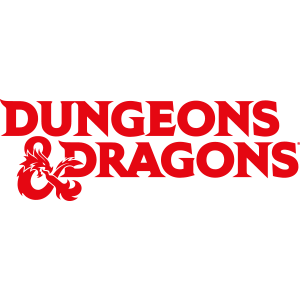At the point when a person makes an assault, a 20-sided bite the dust is moved to decide achievement/disappointment. The outcome could be changed depending on the dnd drow name generator , quite a few potential modifiers the person or its planned objective has.
The number added to the pass-on roll is a few unique modifiers joined, coming from better places. These modifiers incorporate the person’s capability with the particular weapon and weapons, as a rule, the nature of the weapon, the modifier of the capacity related with the weapon (strength for scuffle weapons, and aptitude for went weapons), supernatural impacts improving/hampering the person’s capacity to assault, and any extraordinary experience the person has to battle a specific adversary.
In the early versions, the eventual outcome is contrasted with a table alongside the objective’s protective layer class to check whether the assault hits. Each broad class type had its network-style table, while beasts utilized a similar grid as the conventional warrior character type.

In AD&D second Edition, if the eventual outcome approaches or surpasses the aggressor’s THAC0 (the pre-recorded number the person needs To Hit Armor Class 0″), the assailant has effectively hit an objective with reinforcement class 0. On the off chance that the objective has a protective layer class not quite the same as nothing (which is undeniably probably), the objective’s shield class is deducted from the aggressor’s THAC0, and that number is the thing that the assailant’s roll should approach or surpass to check whether the assault hits.
Activities
The battle technician is turn-based and works it adjusts. A round is a discrete-time stretch (roughly 6 seconds, game-time in later versions, and around 1 moment in prior releases) in which all elaborate gatherings act in the battle. Initiative determines how groups engaged in the battle act.
In more established versions, characters are permitted to move their speed and assault each round, or play out a sensible blend of different activities.
The third and 3.5 versions of the game organize activities into a sequence; a person can perform two move activities, one full-round activity, and a few free or quick activities in the round. A quick movement may also be made during someone else’s turn, but that considers the next person’s turn by using the prompt activity opening.
In the fourth version, a person has distributed one standard activity, one action activity, one minor activity, and quite a few free activities to be performed during their turn. By replacing a standard activity with a movement activity or a movement activity with minor activity, for example, it is possible to reduce the size of each activity. A person could, for example, accept one open door and one quick activity during a round, defined as the period between the end of one turn and the beginning of the next. Prompt and opportunity activities each have a characterized trigger that permits their utilization, given other characters’ activities, and are sorted as responses that are settled after the trigger or as interferes with that are settled previously or instead of the set off occasion. Neither prompt nor opportunity moves might be made during the person’s turn.
In the fifth version, a person might climb to their full permitted distance and make a move each turn, in any blend the player picks. Some class elements, spells, and different conditions permit a rewarding activity also. Responses set off by outside factors, for example, opportunity assaults may happen on a player’s turn or another person’s.

